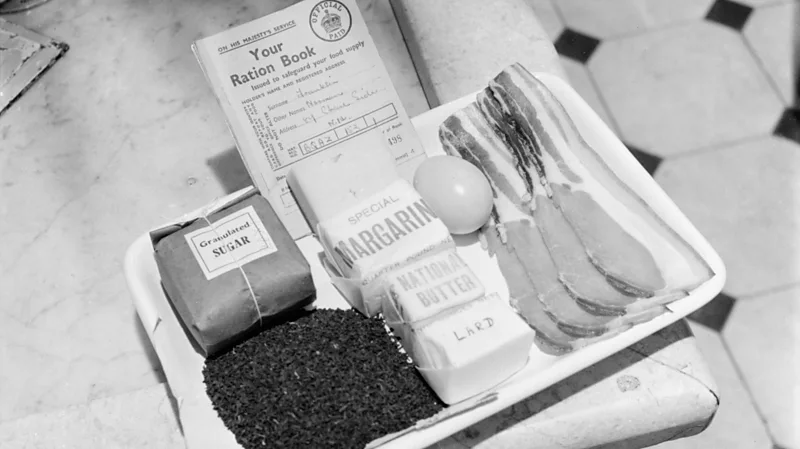In the ongoing debate over butter versus margarine, determining the healthiest spread has proven to be a complex challenge. Both have their merits and drawbacks, leaving consumers perplexed about which to choose.
Butter, a culinary mainstay for centuries, faces stiff competition from margarine, which gained popularity in the 20th century amid concerns over the health effects of saturated fats. Yet, as dietary understanding evolved, so did the discourse surrounding these spreads.
Deciphering the Complexities of Healthful Spreads

While butter is rich in saturated fats, margarine, an ultra-processed product, underwent transformations to mitigate its health risks. Initially, hydrogenation was employed to solidify liquid oils, but the resulting trans fats proved detrimental to heart health, prompting a reassessment of margarine’s formulation.
Studies have highlighted the adverse effects of trans fats on cholesterol levels and cardiovascular health, emphasizing the need to scrutinize the composition of spreads. Saturated fats, particularly those derived from meat and butter, have been linked to increased heart disease risk, whereas those from dairy and fish exhibit more favorable outcomes.

However, the classification of margarine as an ultra-processed food raises concerns due to its association with negative health outcomes such as obesity and type 2 diabetes.
Despite lacking direct long-term comparisons between butter and margarine, research advocates for moderation and a focus on dietary patterns.
In this nutritional scenario, the emphasis shifts from demonizing specific fats to considering the broader context of consumption.
While margarine offers a lower saturated fat content, its ultra-processed nature raises questions about its healthfulness. Opting for less processed alternatives like olive oil may provide a healthier option, rich in beneficial mono- and polyunsaturated fats.

Ultimately, the choice between butter and margarine should align with individual health needs and dietary goals. Being mindful of dietary patterns and considering the nutritional content of spreads within the context of the entire diet is paramount.
Whether spreading butter on toast or choosing margarine for its spreadability, the key lies in moderation and informed decision-making to achieve a balanced and nutritious diet.







Leave a Reply